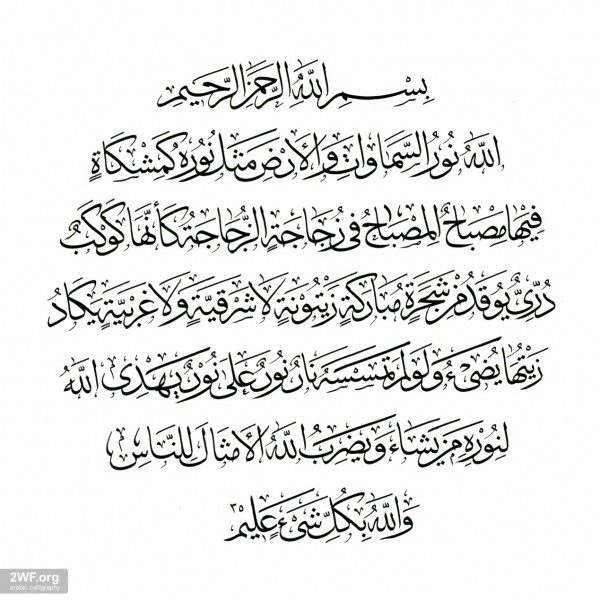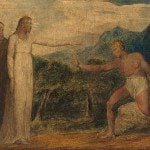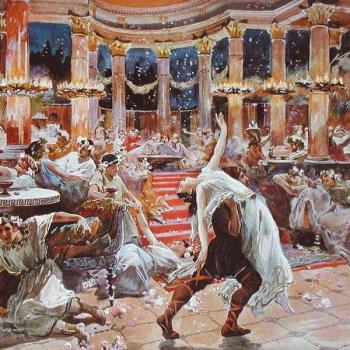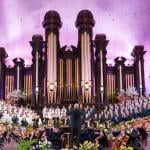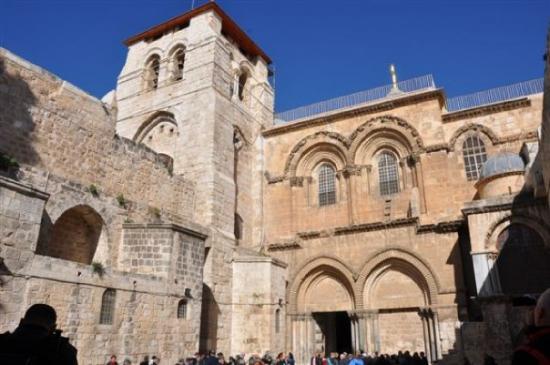
The Mosque of ‘Umar is to the left of the photographer, and just slightly behind him or her. (Wikimedia Commons public domain photo)
An interesting article from The Economist:
***
Not infrequently, people write to me to assure me that all Muslims always want to destroy churches and obliterate Christianity, and that no Muslim would ever defend a Christian church.
This is flatly false, and I offer two pieces of evidence here to support my claim:
1)
The Church of the Holy Sepulcher, in Jerusalem, is, for many mainstream Christians, the holiest place on earth. It marks the traditional spot both of Christ’s crucifixion and his burial, and, thus, also of his resurrection from the grave. Built under Constantine the Great, it was severely damaged when, in AD 614, the Persians conquered the city. (These were, to be clear, pre-Islamic Persians; their Islamization was still three decades off, at the very least.) It was reconstructed after the Byzantines retook the city under Heraclius, with no major changes to the original plan and incorporating substantial portions of the Constantinian building.
In AD 637 — just six years after the death of the Prophet Muhammad — Arab Muslim armies took Jerusalem from Byzantine control. The Caliph ‘Umar, successor to Muhammad and ruler of the rising Arab empire, entered the city and, among other things, was given a tour of the Church of the Holy Sepulcher by the Christian Patriarch Sophronius. They were reputedly still within the building when the Muslim call for the noon prayer sounded. Sophronius invited ‘Umar to spread his prayer rug within the Church and to perform the salat there, but ‘Umar declined. Why did he say No? Was it because Christian churches are defiled places of idolatrous worship? No. He gave his reason as follows: If he were to pray there, his soldiers would see what he had done and would feel that they too could pray within the Church. And, soon, they would effectively take the building over and turn it into a mosque. So he spread his rug on the ground out in front of the Church, and prayed there. And, still today, if you visit the Holy Sepulcher and stand with your back to the main entrance, and if you look forward and slightly to your right, at about one o’clock or two o’clock you will, if you look carefully, see across the Church’s southern courtyard a small, architecturally undistinguished place of Muslim worship called “The Mosque of ‘Umar.”
2)
Here’s a favorite passage of mine from the Qur’an, a passage that is typically taken, by both Muslim commentators and Western scholars, to refer to Syriac Christian monks and to the lamps of a monastery:
“God is the light of the heavens and the earth. The similitude of his light is like a niche in which is a lamp, and the lamp in a glass. The glass is like a pearly star, kindled from a blessed olive tree of neither the east nor the west, whose oil would almost glow even if no fire touched it. Light upon light. God guides to his light whomever he will, and he mints similitudes for the people. And God knows all things.
“[Such niches are] in houses which God has permitted to be raised, wherein his name is remembered and he is praised morning and evening
“[By] men whom neither commerce nor sale distracts from remembrance of God and the performance of prayer and the giving of alms, fearing a day on which hearts and eyes will be overturned,
“That God may reward them according to the best of their works and increase them from his graciousness.” (Qur’an 24:35-38, my fairly hasty translation)
Nobody can reasonably infer disrespect for devout Christians, let alone some sort of commandment to destroy Christian churches, from either this Qur’anic passage or the story of the Caliph ‘Umar in Jerusalem.
